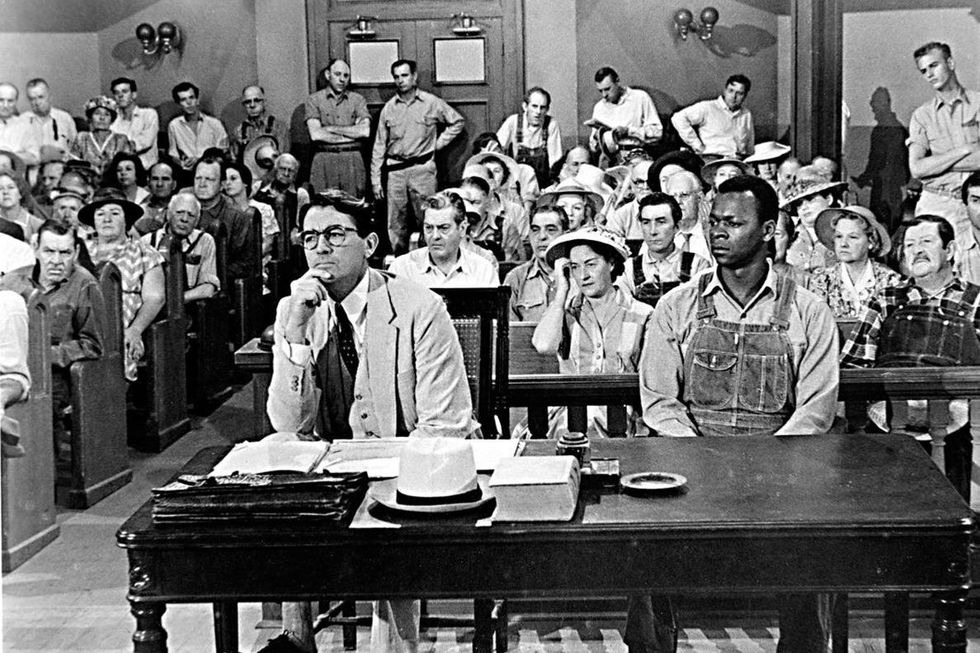What Is the Fichtean Curve, and How Is It Used in Storytelling?
This a fun name for something akin to the story circle.

While researching some storytelling techniques, I came across a way to outline your idea that I had never heard of before: the Fichtean Curve.
I dug deep into this new way of looking at story structure, and I want to go over with you.
This article delves into the Fichtean Curve, exploring its definition, application in movies, and the reasons why it resonates so powerfully with filmmakers.
Let's get started.
What's the Fichtean Curve in Writing?
The Fichtean Curve is a narrative structure characterized by escalating conflicts leading to a climax and subsequent resolution.
This structure starts with an inciting incident that thrusts the protagonist into crisis. It comprises three elements: rising action, climax, and falling action.
This structure is particularly popular in genres like action, adventure, mystery, and pulp fiction, as it creates ongoing tension and suspense
Why Filmmakers use the Fichtean Curve
 Gregory Peck as Atticus Finch next to Tom Robinson, played by Brock Peters, in the 1962 film version of ‘To Kill a Mockingbird.’CREDIT: Universal Pictures
Gregory Peck as Atticus Finch next to Tom Robinson, played by Brock Peters, in the 1962 film version of ‘To Kill a Mockingbird.’CREDIT: Universal Pictures- Immediate Engagement: By starting with an inciting incident, the audience is drawn into the story from the beginning.
- Sustained Tension: The gradual build-up of crises keeps the audience engaged and creates a suspenseful atmosphere.
- Emotional Journey: The progression of tension and emotion leading to the climax and resolution offers a compelling emotional journey for the audience.
- Efficient Storytelling: This structure allows for a concise narrative, as it eliminates lengthy setups and focuses on the core action and conflict.
- Versatility: Though particularly favored in action and mystery genres, the Fichtean Curve can be adapted to various storytelling styles and genres.
The Fichtean Curve is more than just a storytelling technique; it's a powerful tool that filmmakers use to create tension, engage audiences, and deliver satisfying narratives.
It's clear that understanding and utilizing this narrative structure is crucial for any storyteller aiming to captivate and thrill their audience from start to finish.
Let me know what you think in the comments.











